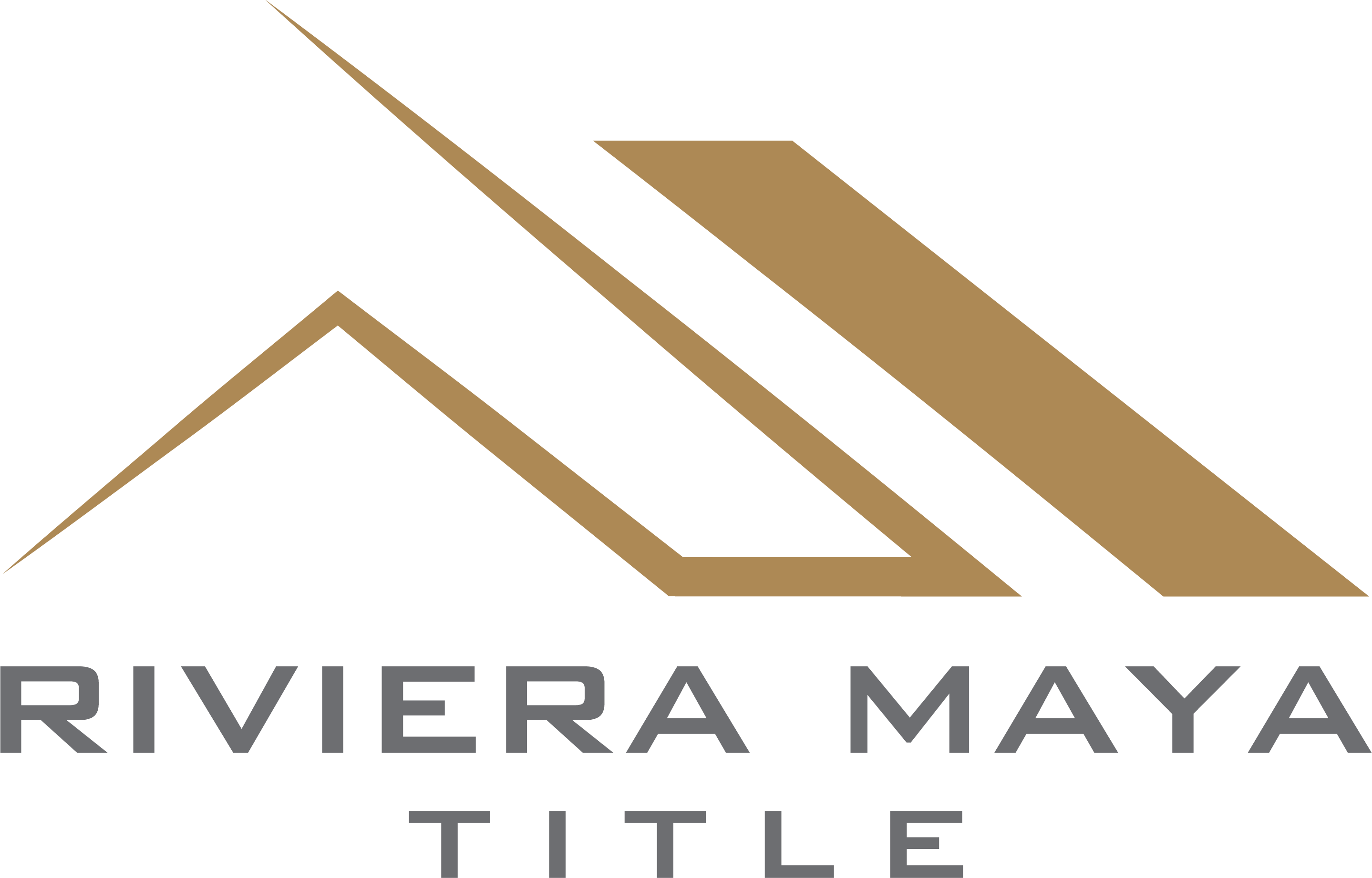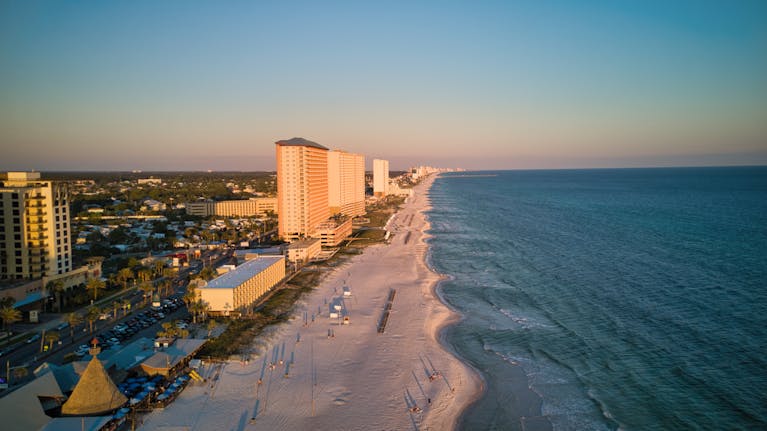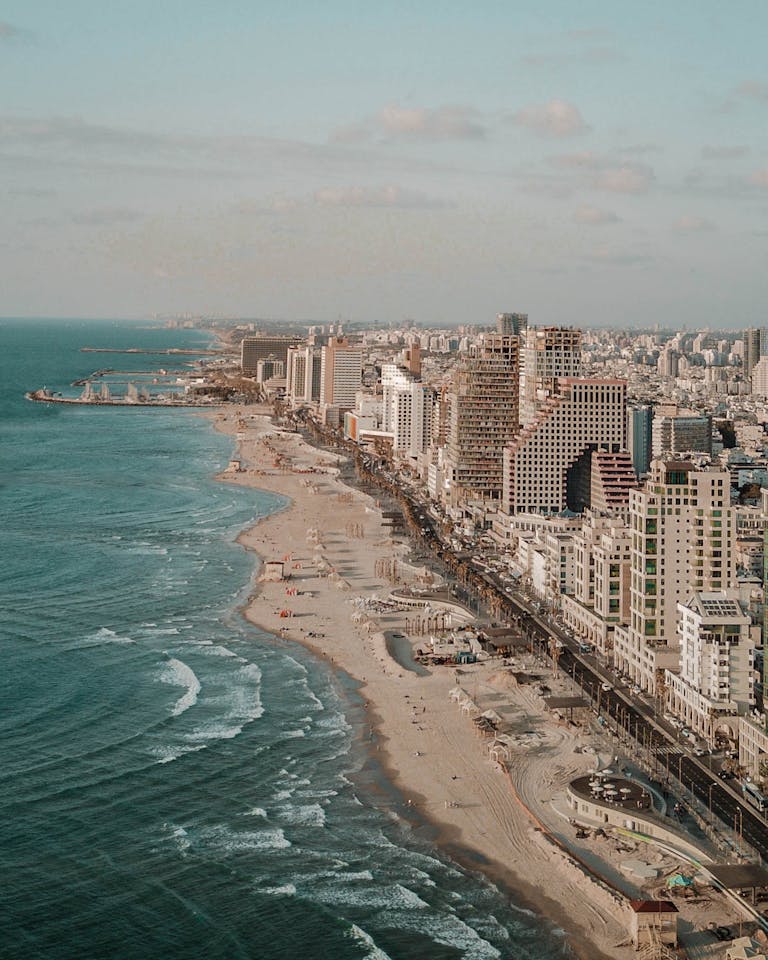Navigating the Riviera Maya Real Estate Market Amid U.S. Tariffs: Challenges and Opportunities in 2025-2026

The recent imposition of U.S. tariffs on imports from Mexico, Canada, and China in early 2025 has introduced new dynamics to the Riviera Maya real estate market. These measures are expected to influence construction costs, investment flows, and market sentiment in the region. This analysis examines the potential impacts of these tariffs on the Riviera Maya real estate market and offers strategic insights for stakeholders. (Wikipedia: Second Trump Tariffs)
Impact of U.S. Tariffs on the Riviera Maya Real Estate Market
- Increased Construction Costs
- Material Price Hikes: The 25% U.S. tariffs on steel and aluminum imports are anticipated to raise construction costs in Mexico, as these materials become more expensive. Builders may face higher expenses for sourcing these essential materials, potentially leading to increased property prices for buyers. (Source: Reuters)
- Supply Chain Disruptions: Tariffs can disrupt established supply chains, causing delays and shortages of construction materials. Builders may need to seek alternative suppliers or materials, which could further escalate costs and extend project timelines. (Source: San Francisco Chronicle)
- Shift in Foreign Investment Patterns
- Investor Hesitancy: The escalation of trade tensions and the resulting economic uncertainty may lead U.S. investors to adopt a more cautious approach toward international real estate investments, including those in the Riviera Maya.
- Diversification of Investor Base: Conversely, investors from countries less affected by U.S. tariffs, such as European nations, might view this as an opportunity to enter the Riviera Maya market, potentially balancing the investment landscape.
- Currency Exchange Rate Fluctuations
- Peso Depreciation: Trade tensions can lead to currency volatility. A potential depreciation of the Mexican peso against the U.S. dollar could make Riviera Maya properties more attractive and affordable to foreign investors, potentially offsetting some negative impacts of increased construction costs.
- Tourism and Rental Demand
- Tourism Resilience: Despite trade disputes, the Riviera Maya remains a popular tourist destination. Sustained or growing tourism can support rental demand, providing steady income streams for property investors.
Strategic Recommendations for Stakeholders
- Developers and Builders:
- Cost Management: Explore alternative materials and suppliers to mitigate increased costs due to tariffs. Investing in local production of construction materials could reduce dependency on imports.
- Project Planning: Anticipate potential delays and budget overruns by incorporating contingency plans into project timelines and financial projections.
- Investors:
- Market Analysis: Stay informed about currency exchange trends and economic indicators to identify optimal investment opportunities.
- Diversification: Consider a diversified portfolio to mitigate risks associated with geopolitical and economic uncertainties.
- Policy Makers:
- Trade Negotiations: Engage in diplomatic efforts to address and resolve trade disputes, aiming to stabilize economic relations and protect local industries.
- Support Measures: Implement policies to support the construction sector, such as subsidies or tax incentives, to counteract the negative effects of increased material costs. (Source: San Francisco Chronicle)
Conclusion
The recent U.S. tariffs present both challenges and opportunities for the Riviera Maya real estate market. While increased construction costs and potential shifts in investment patterns pose concerns, opportunities may arise from currency fluctuations and a diversified investor base. Proactive strategies by developers, investors, and policymakers are essential to navigate this evolving landscape and sustain the growth and resilience of the Riviera Maya real estate market.


